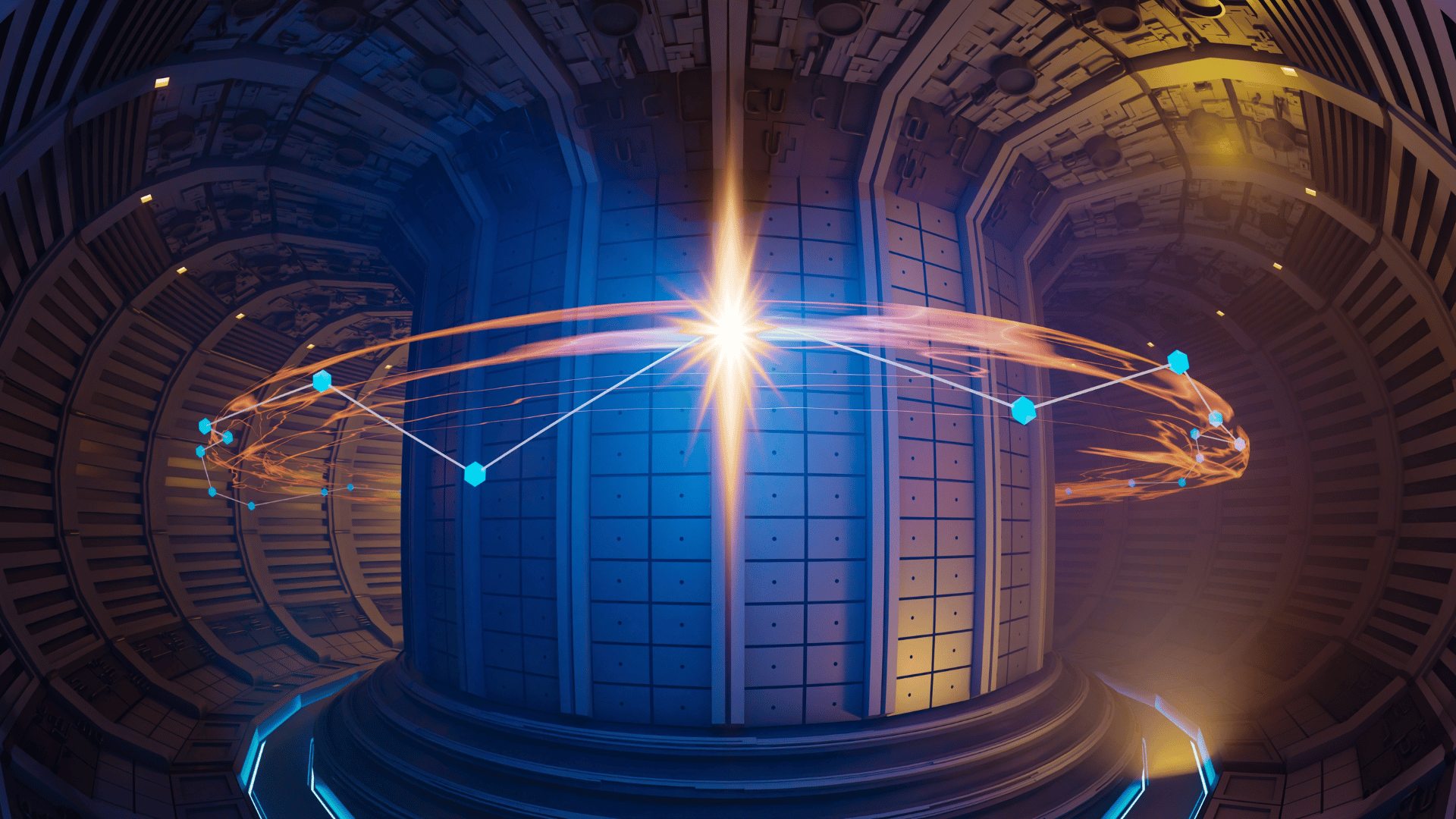NVIDIA and General Atomics took a significant step towards harnessing the power of the Sun. The two companies, along with a team of international partners, unveiled an AI-powered digital twin for a fusion reactor. NVIDIA’s Omniverse platform, libraries, and high-performance GPUs will help tackle engineering problems related to virtually limitless, clean fusion energy.
Controlling plasma, the superheated, fourth state of matter, is the biggest challenge. Plasma reaches temperatures of hundreds of millions of degrees. Additionally, predicting its behavior fast enough to keep a reactor operational challenges scientists. Traditionally, running plasma simulations could take weeks on fast supercomputers. However, AI provides a clear advantage.
Digital Twin Technology For Commercialized Fusion

General Atomics is using AI surrogate models to reduce simulation times from weeks to seconds. The models include EFIT (for plasma equilibrium), CAKE (for plasma boundary), and ION ORB (for heat density of escaping ions). Together, the models allow operators to stabilize plasma in real-time. As a result, the risks of damage are reduced, and the pace of research is accelerated. According to NVIDIA, the models run on the company’s GPUs that deliver faster predictions.
The final result is a fully interactive digital representation of the U.S. Department of Energy’s DIII-D reactor, led by General Atomics in the research. According to NVIDIA and General Atomics, the digital twin fuses sensor data, physics simulations, engineering models, and the new AI surrogate models into a unified environment. Using the digital twin, a team of 700 scientists can run complex scenarios without endangering the physical reactor.
“The ability to explore scenarios virtually through this interactive digital twin is a game-changer,” said Raffi Nazikian, fusion data science lead at General Atomics. “Working with NVIDIA, we can now test, refine and verify our ideas orders of magnitude faster, accelerating the path toward practical fusion energy.”
By shifting week-long simulations into interactive results within seconds, scientists believe the digital twin can be a true “fusion accelerator.”


